VENEERS
What are Dental veneers?
Veneers are thin shells that fit over the front of your existing teeth to improve their appearance. Veneers are just one of several ways to alter the appearance of your teeth.
There are 2 main kinds of veneers: porcelain and composite. As you’d expect from the name, porcelain veneers are custom made of porcelain to fit your teeth. Composite veneers are often made from a tooth-colored resin, the same type of material used with tooth bonding.
There are pros and cons for both types of veneers, so it’s important to consider the level of the issue you hope to solve with veneers, as well as your budget.
Types of veneers
A dentist may offer you a choice between 3 types of veneers: direct composite veneers, indirect composite veneers, and porcelain veneers.
Direct composite veneers
Direct composite veneers are veneers made of a composite resin material applied directly to your teeth.
It doesn’t take very long for a dentist to prepare your teeth for application of the veneers, and the application process is considered minimally invasive.
Indirect composite veneers
The main difference between direct and indirect composite veneers is the application process — not the actual material used.
Your teeth are prepped as they would be for direct composite veneers, but the veneers are custom made ‘indirectly’ outside of the mouth in your dentist’s office or in a dental laboratory.
You’ll receive a set of temporary veneers until the indirect veneers are made. At the next appointment, the indirect composite veneers are applied on your teeth with a layer of adhesive.
Indirect composite veneers can withstand more abrasions and resist fractures better than the direct version. They tend to cost more than direct composite veneers, however.
Porcelain veneers
Porcelain veneers are custom made for your teeth out of porcelain.
A dentist will make impressions of your teeth, so the veneers can be made from the mold in the dental lab, a process that might take a week or longer. You’ll receive a set of temporary veneers while you wait, just like with the indirect composite veneers.
When ready, the dentist will cement the thin porcelain shells to the front of your teeth and shape them to look as natural as possible.
Composite veneers vs. porcelain veneers
Pros: Composite veneers
- lower cost
- shorter application process if direct veneers
- can cover up many aesthetic problems, including misshapen teeth, discolorations, and other defects
Cons: Composite veneers
- material is weaker than porcelain and may chip often
- will need to be replaced or repaired more frequently than porcelain veneers
Pros: Porcelain veneers
- longer lasting because of stronger material
- custom made
- provides a more natural appearance
can fix darker stained teeth or more incorrectly positioned teeth than composite veneers
Cons: Porcelain veneers
- most expensive type of veneer
- application process requires more than one visit
- porcelain veneers can fall off and may need to be re-glued on your teeth
Where do we use dental Veneers?
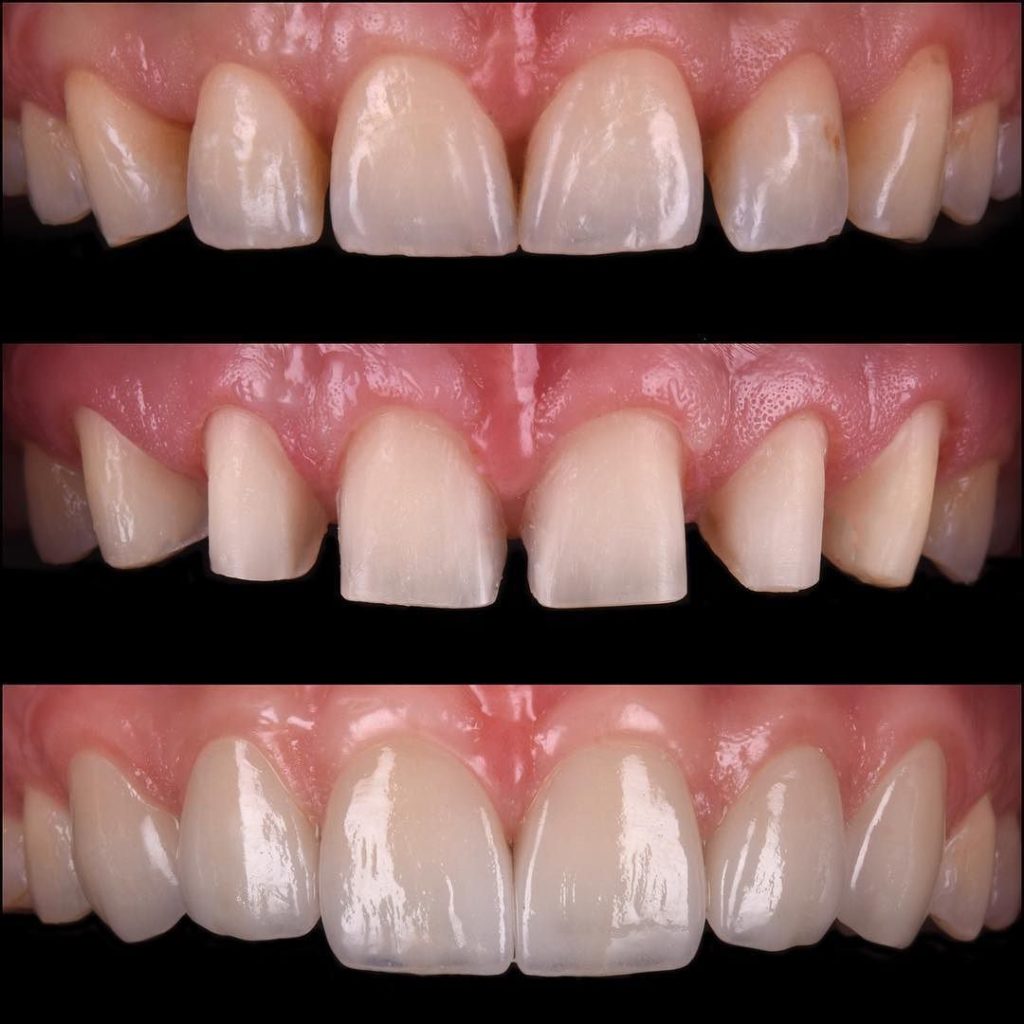
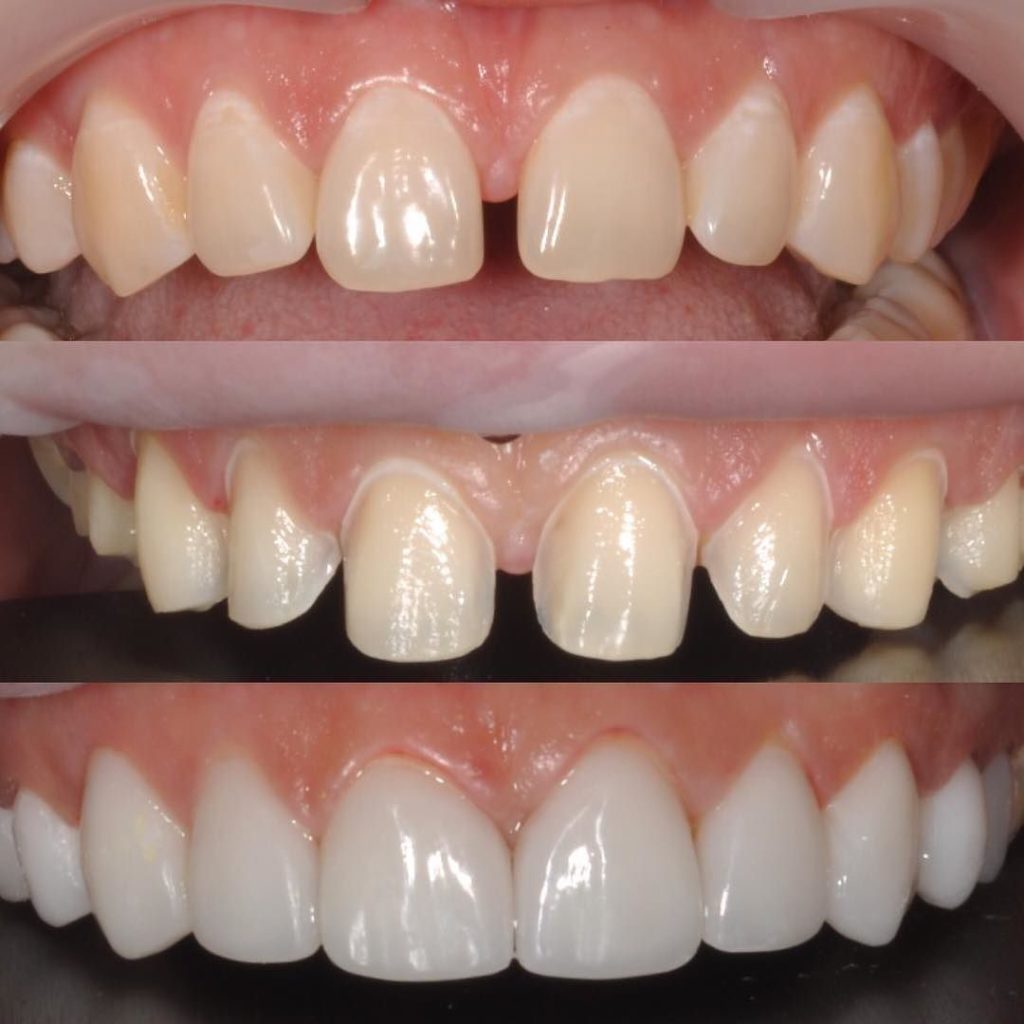
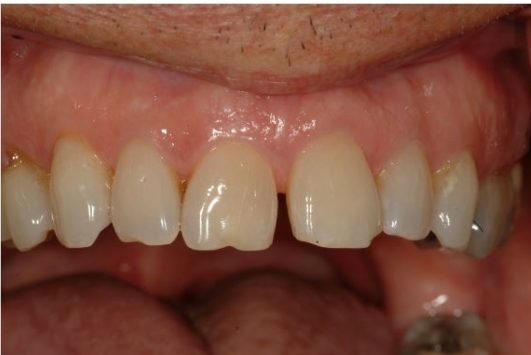
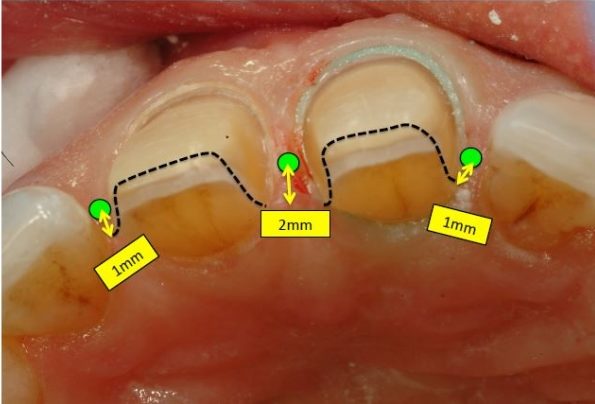
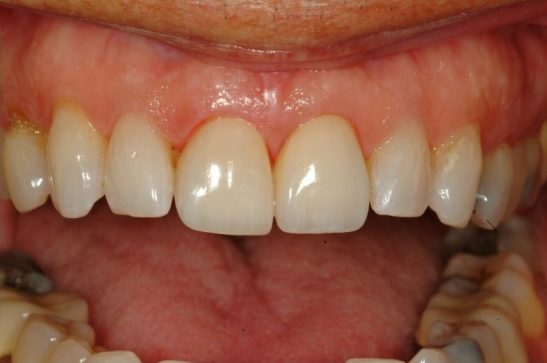

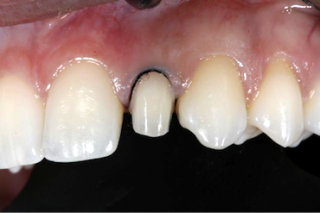
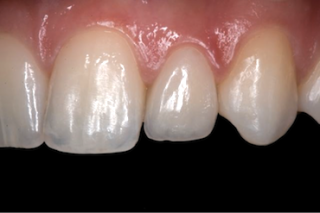
How long do veneers last?
Composite veneers are considered more durable today than in the past. They can last 5 to 7 years, on average.After that, you’ll need a replacement set of veneers. That’s a substantially shorter life span than a set of porcelain veneers, which might last at least 8 or 10 years.You may be able to extend the life of your composite veneers by taking good care of them.
Embrace a routine of regular brushing with a nonabrasive toothpaste, and resist any urge to chew on ice and other hard objects with your front teeth.
Some dentists also suggest that you watch out for drinks like coffee or tea that might stain your new veneers.




